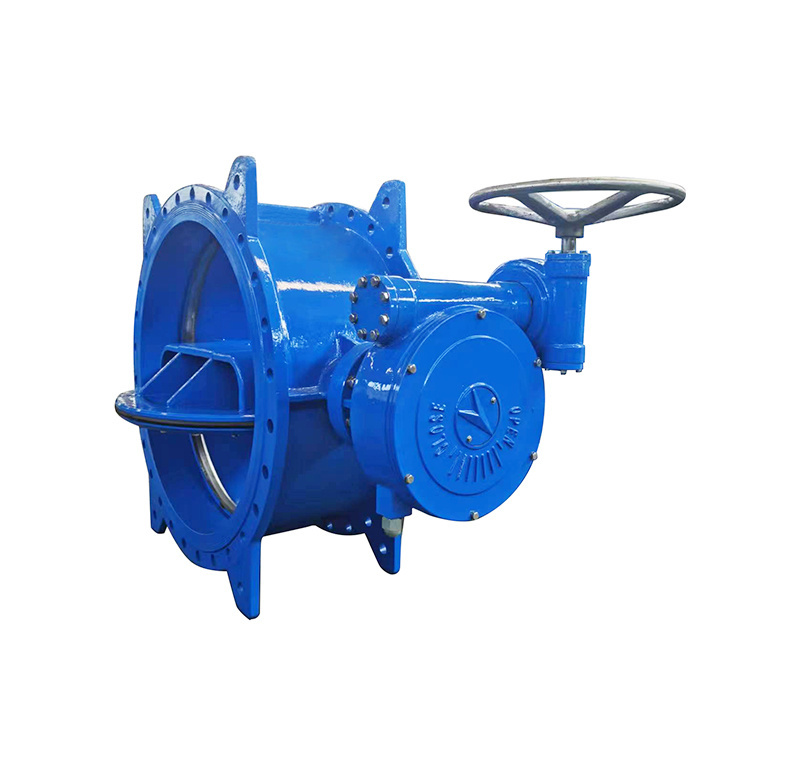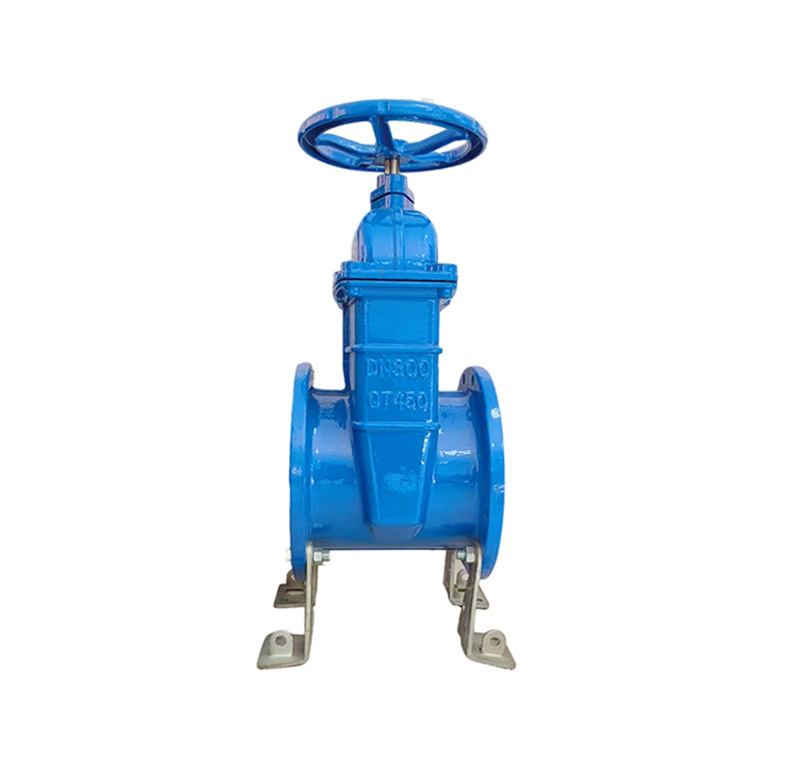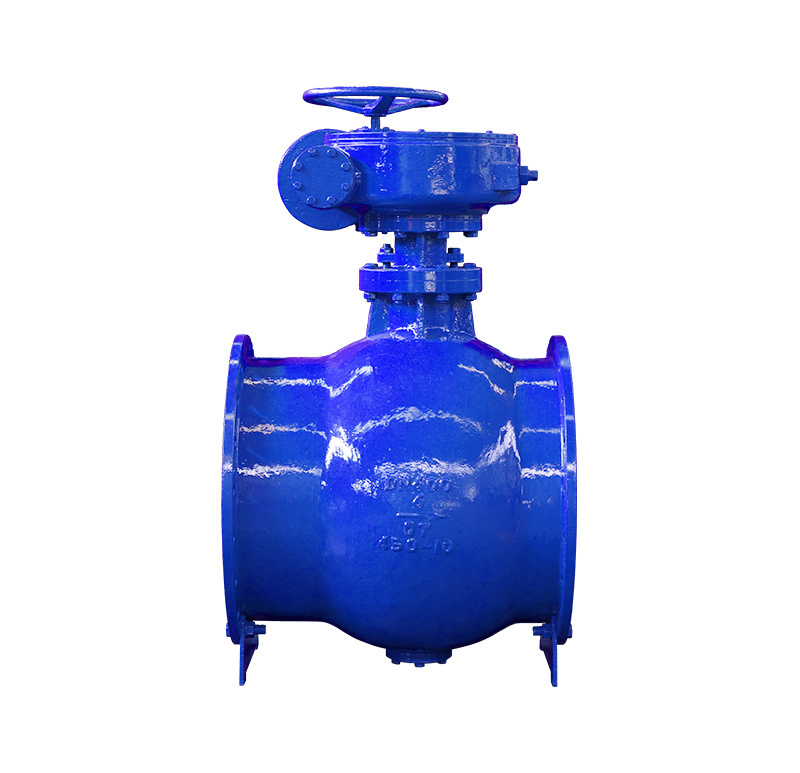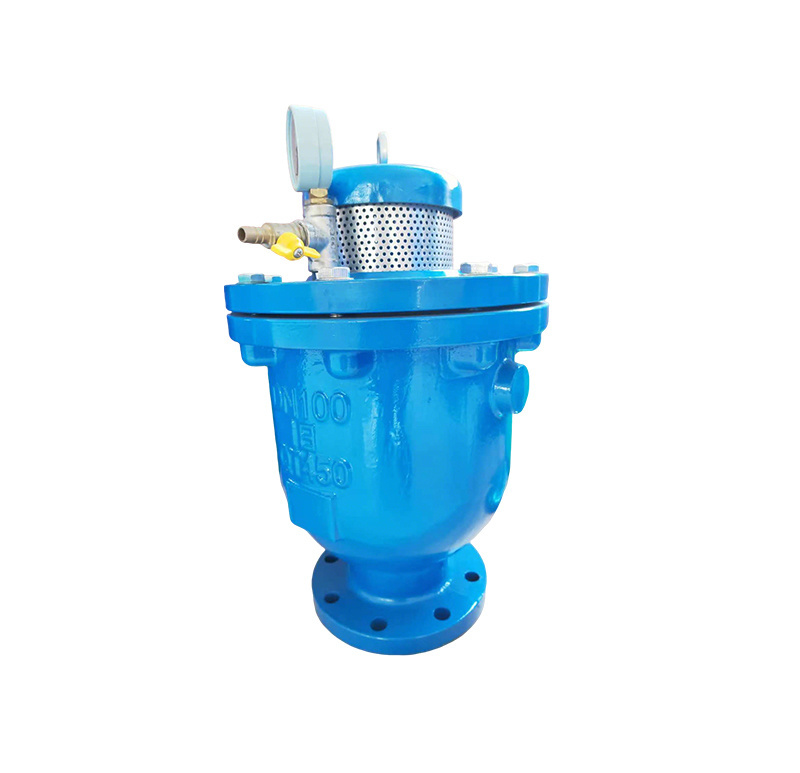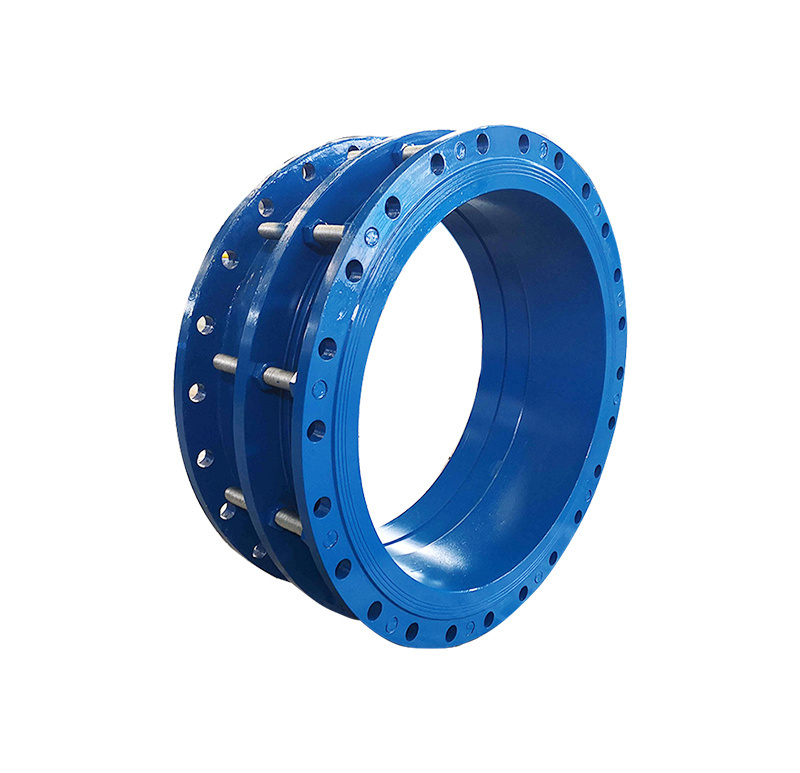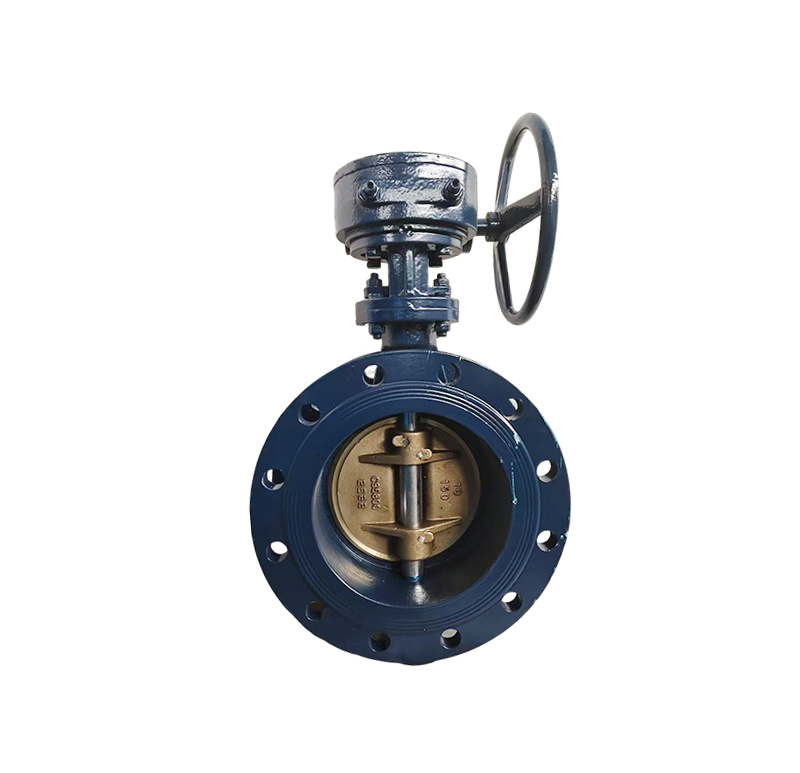Navigating the Market: A Comprehensive Guide to Leading Water Check Valve Brands
Navigating the Market: A Comprehensive Guide to Leading Water Check Valve Brands
Table of Contents
1. Introduction to Water Check Valves
2. The Importance of Check Valves in Water Systems
3. Types of Water Check Valves: An Overview
4. Top Water Check Valve Brands: A Detailed Analysis
4.1 Brand A: Quality and Innovation
4.2 Brand B: Reliability and
Navigating the Market: A Comprehensive Guide to Leading Water Check Valve Brands
Table of Contents
- 1. Introduction to Water Check Valves
- 2. The Importance of Check Valves in Water Systems
- 3. Types of Water Check Valves: An Overview
- 4. Top Water Check Valve Brands: A Detailed Analysis
- 4.1 Brand A: Quality and Innovation
- 4.2 Brand B: Reliability and Performance
- 4.3 Brand C: Affordability and Value
- 4.4 Brand D: Advanced Technology
- 4.5 Brand E: Customer-Centric Solutions
- 5. Key Factors to Consider When Choosing a Check Valve
- 6. Best Practices for Installing Water Check Valves
- 7. Maintenance Tips for Longevity
- 8. Conclusion: Making the Right Choice
- 9. Frequently Asked Questions
1. Introduction to Water Check Valves
Water check valves play a pivotal role in maintaining the efficiency and safety of water systems. These mechanical devices allow water to flow in one direction while preventing backflow, which can lead to contamination and system failures. As industries increasingly rely on these essential components, understanding the various brands available in the market becomes crucial.
2. The Importance of Check Valves in Water Systems
Check valves are indispensable in a variety of applications—from municipal water supply to industrial processes. Their primary function is to ensure that water flows smoothly without reverse flow, which can cause pressure surges and mechanical failures. In a world increasingly focused on sustainability and efficiency, robust check valves help in reducing energy consumption and protecting vital infrastructure.
3. Types of Water Check Valves: An Overview
Not all check valves are created equal. They come in various designs, each suited for specific applications. Understanding these types is vital for selecting the right valve for your needs.
3.1 Swing Check Valves
Swing check valves use a hinged disc that swings open to allow flow and closes against a seat to prevent backflow. They are ideal for applications with high flow rates.
3.2 Lift Check Valves
Lift check valves use a piston mechanism that moves vertically to open and close. This type is well suited for applications where space is limited.
3.3 Ball Check Valves
Ball check valves feature a ball that sits in a seat to prevent backflow. They are known for their reliability and are often used in smaller piping systems.
3.4 Spring Check Valves
These valves use a spring mechanism to close the valve against backflow. They are commonly used in applications where immediate closure is required.
4. Top Water Check Valve Brands: A Detailed Analysis
The market is flooded with various brands that manufacture water check valves. However, not all are created equal. Below, we analyze some of the top brands in the industry, highlighting their unique attributes.
4.1 Brand A: Quality and Innovation
Brand A is renowned for its high-quality materials and innovative designs. Their products are rigorously tested to withstand extreme conditions, making them a favorite among industrial users.
4.2 Brand B: Reliability and Performance
Brand B has built a reputation for manufacturing reliable and high-performing check valves. Their products feature advanced technology that ensures consistent performance across various applications.
4.3 Brand C: Affordability and Value
For those seeking cost-effective solutions, Brand C offers a wide range of check valves that do not compromise on quality. Their competitive pricing makes them an appealing choice for budget-conscious buyers.
4.4 Brand D: Advanced Technology
Brand D is at the forefront of incorporating advanced technology into their water check valves. Their products feature smart systems that monitor flow rates and alert users to potential issues.
4.5 Brand E: Customer-Centric Solutions
Brand E focuses on understanding customer needs, offering tailored solutions that address specific challenges in various industries. Their commitment to customer service sets them apart from competitors.
5. Key Factors to Consider When Choosing a Check Valve
Selecting the right check valve depends on several crucial factors. Understanding these can help you make an informed decision.
5.1 Material Compatibility
Ensure that the valve material is compatible with the fluid it will handle. Common materials include brass, stainless steel, and PVC.
5.2 Pressure Ratings
Check the pressure ratings of the valve to ensure it can withstand the demands of your system. This is particularly important for industrial applications.
5.3 Size and Flow Rate
Choose a valve size that matches your piping system. The flow rate should also align with the system's requirements to prevent bottlenecks.
5.4 Installation Requirements
Consider the installation requirements of the valve. Some valves may require special fittings or considerations during installation.
6. Best Practices for Installing Water Check Valves
Installing a water check valve requires careful attention to detail. Here are some best practices to ensure optimal performance.
6.1 Follow Manufacturer Instructions
Always refer to the manufacturer’s installation guidelines. Proper installation is crucial for the valve to function as intended.
6.2 Use Proper Tools
Employ the right tools for installation to avoid damaging the valve or surrounding piping.
6.3 Check for Leaks
After installation, thoroughly check for leaks. A small leak can lead to significant issues down the line.
7. Maintenance Tips for Longevity
Regular maintenance of water check valves can greatly extend their lifespan. Here are some essential tips.
7.1 Routine Inspections
Conduct regular inspections to check for wear and tear. Look for signs of corrosion, leaks, or other damage.
7.2 Clean the Valve
Debris can accumulate over time, affecting the valve's performance. Regular cleaning can help maintain optimal function.
7.3 Replace Worn Parts
If you notice any worn components, replace them promptly to avoid further damage to the valve.
8. Conclusion: Making the Right Choice
Navigating the complexities of the water check valve market requires careful consideration of various factors, from brand reputation to specific application needs. By understanding the top brands and their offerings, as well as the critical factors to consider, you can make an informed choice that enhances the efficiency and reliability of your water systems. Investing in the right water check valve is not just about cost—it's about ensuring long-term performance and functionality.
9. Frequently Asked Questions
What is a water check valve?
A water check valve is a device that allows water to flow in one direction while preventing backflow, which is critical for maintaining system integrity.
How do I know which check valve is right for my system?
Consider factors such as material compatibility, pressure ratings, size, and flow rates to determine the best check valve for your specific application.
What are the common materials used for water check valves?
Common materials include brass, stainless steel, PVC, and cast iron, depending on the application and fluid being handled.
How often should I inspect my check valve?
Regular inspections are recommended at least once a year, or more frequently in high-demand environments, to catch any potential issues early.
Can I install a check valve myself?
While it's possible to install a check valve yourself, it is crucial to follow the manufacturer’s instructions and consider consulting a professional to ensure proper installation.









